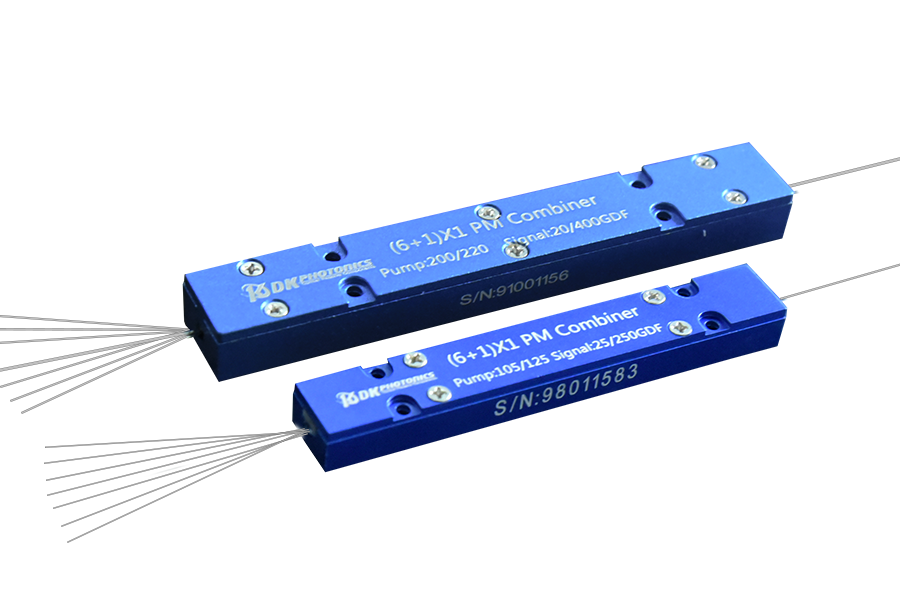In the world of fiber optics, the term “cladding power stripper” might not be the most familiar one to the average person. However, it plays a crucial role in ensuring the efficient transmission of light through optical fibers. In this blog post, we’re going to unveil the magic behind cladding power strippers, explaining what they are, how they work, and why they are essential in the field of optical communication.
What is Cladding Power Stripper?
Before we delve into the intricate details, let’s start with the basics. A cladding power stripper is a specialized device used in the field of optical fiber technology. It is designed to remove unwanted cladding modes from the core of an optical fiber, ensuring that only the desired mode, usually the fundamental mode, propagates through the fiber.
How Does it Work?
The core of an optical fiber is where the light signal travels, while the cladding is a layer surrounding the core. In a perfect world, all the light would stay within the core, but in reality, some of it can leak into the cladding. This phenomenon is known as cladding modes.
Cladding power strippers work by removing this excess power that leaks into the cladding. They achieve this through various techniques, often involving careful engineering of the fiber structure. These devices are designed to preferentially couple cladding modes out of the fiber, leaving only the core mode to continue on its intended path.
The Importance of Cladding Power Strippers:
1. Signal Quality: One of the key advantages of cladding power strippers is that they help maintain signal quality. By removing unwanted cladding modes, they ensure that the signal remains strong, clear, and free from distortion.
2. Reduced Signal Loss: Cladding modes can lead to signal loss and degradation. Stripping these modes reduces signal loss, which is especially critical in long-distance optical communication.
3. Mode Stability: Cladding power strippers help stabilize the mode of the light within the core, ensuring that it remains in the desired state, often the fundamental mode.
Applications:
Cladding power strippers are essential in a wide range of applications, including:
1. Telecommunications: In the field of telecommunications, cladding power strippers help maintain signal integrity and reduce signal loss in high-speed data transmission.
2. Fiber Lasers: Fiber lasers benefit from cladding power strippers to ensure optimal laser performance.
3. Medical and Industrial Lasers: These devices are used in medical and industrial applications, such as cutting, welding, and medical surgery.
Conclusion:
Cladding power strippers may not be the most well-known components in the world of optical communication, but they play a vital role in ensuring the efficiency and quality of data transmission through optical fibers. By stripping away unwanted cladding modes, they contribute to signal quality, reduce loss, and maintain mode stability in various applications. As technology continues to advance, these unassuming devices will remain a cornerstone of reliable and efficient optical communication.


Leave A Comment